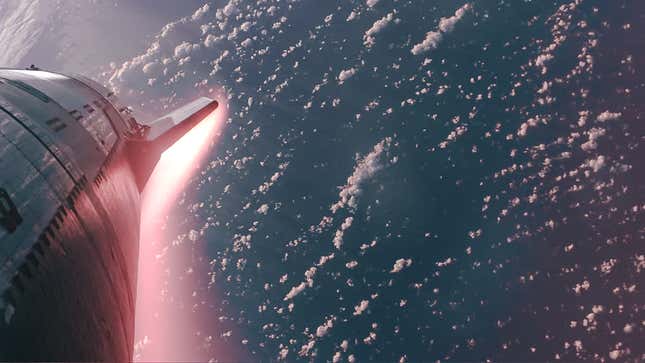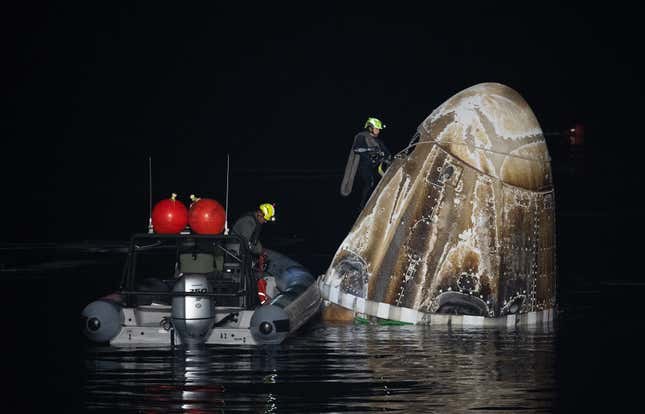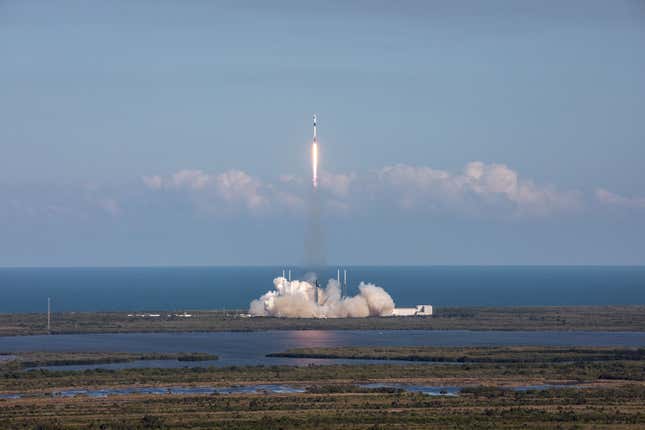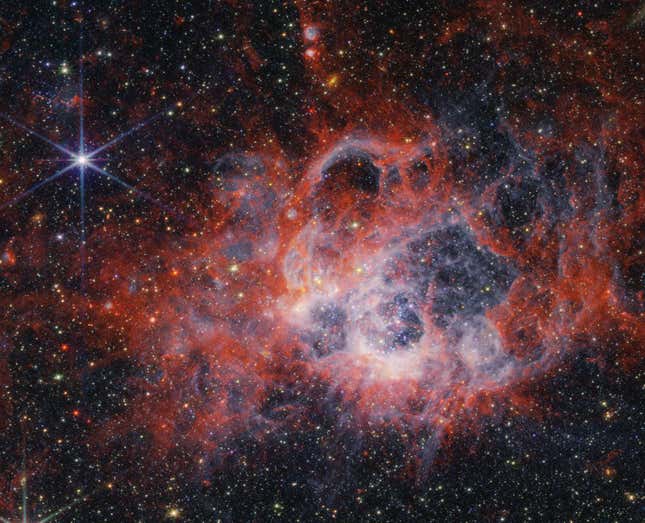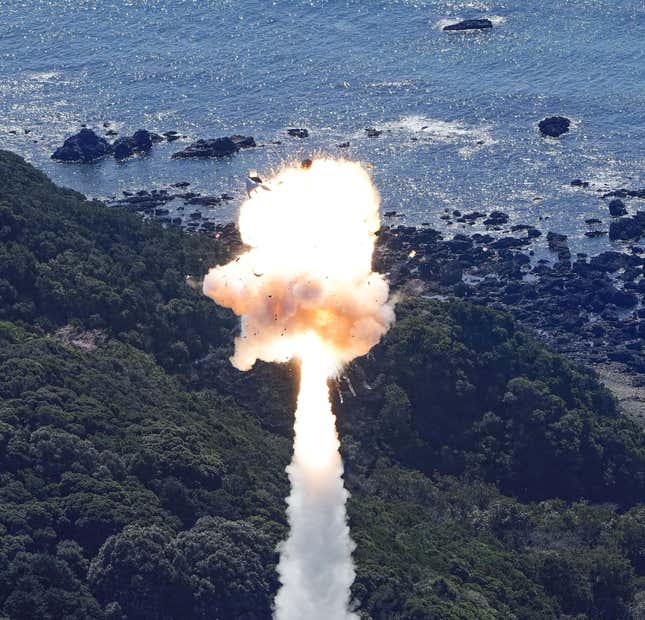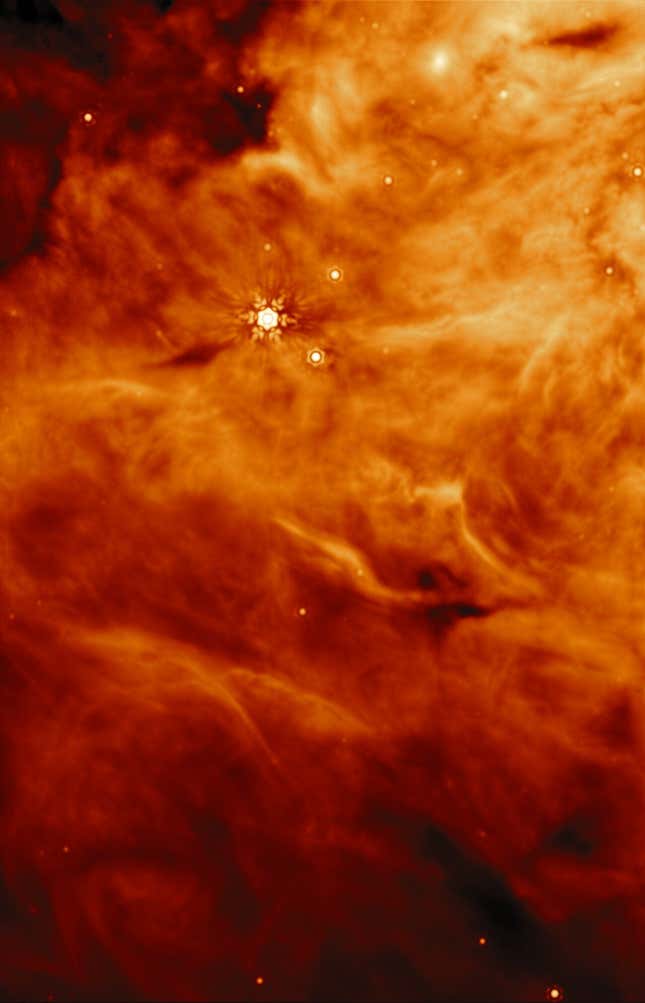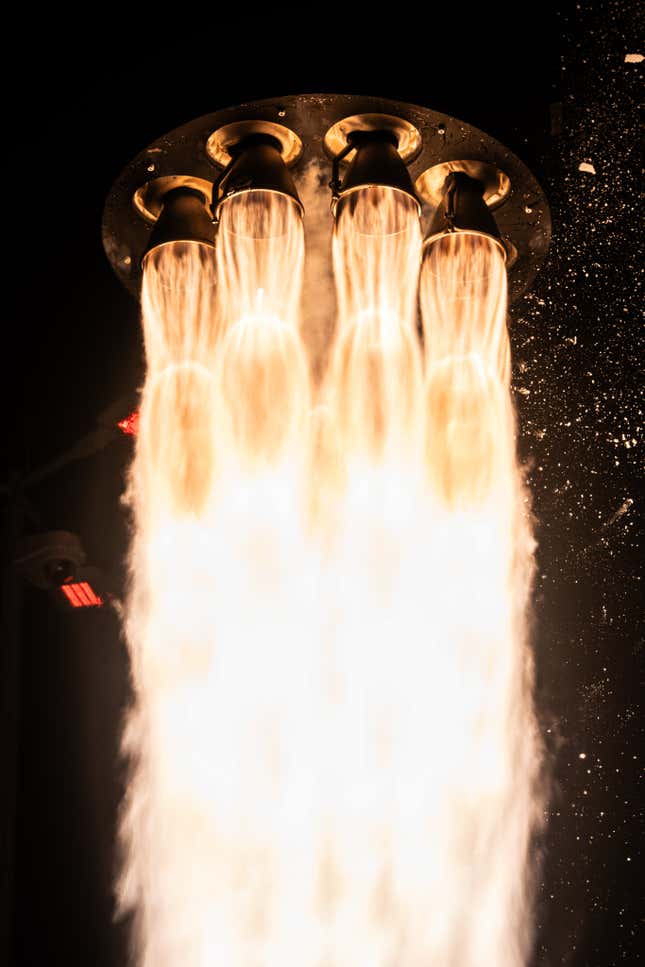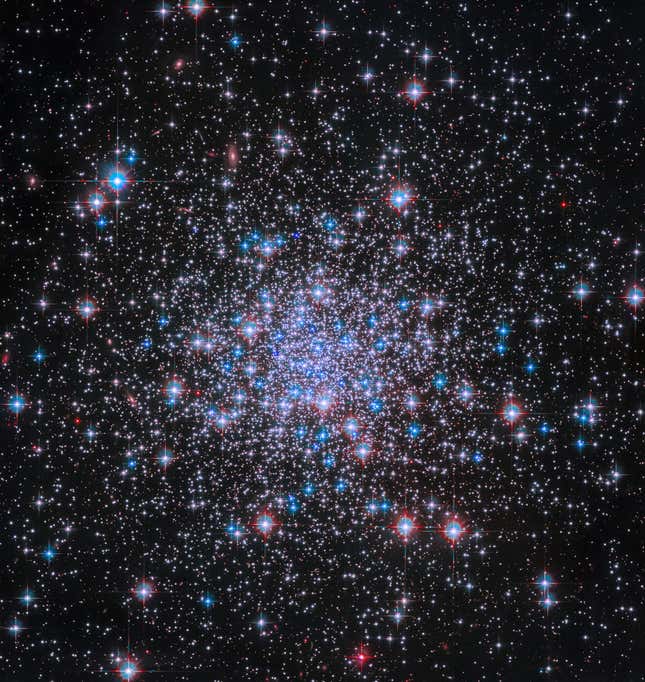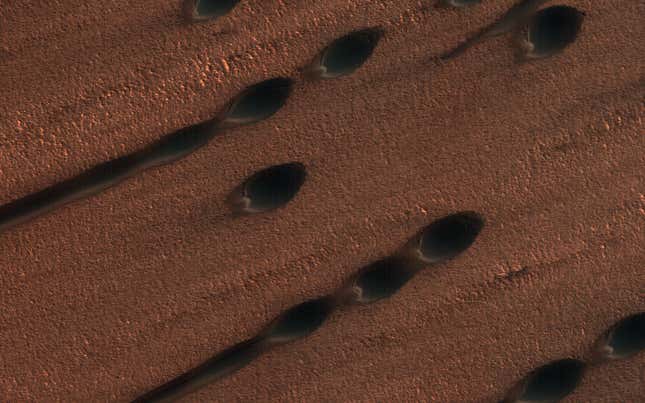
March madness has taken hold of space exploration, with red-hot rockets, gravity-defying hops, and dramatic explosions being just a few of the many captivating highlights from the past few weeks.
I’m cheating a bit, here. Our weekly slideshow didn’t go out last Friday, so we’re combining two weeks into one. I’m sure you won’t mind, so let’s blast off into our next great space-themed adventure.

